The Man-Eating Dingonek Lurks Beneath East Africa’s Rivers
The 18-foot-long, dog-headed beast-fish didn’t seem so unbelievable to Africa’s early white colonizers.
The beast-fish was terrifying. It stretched at least 14 feet long—or maybe 18. Its enormous head was shaped like a leopard, or a dog, or an otter, depending on who you asked and when. It used its strong, wide tail to steer through the currents of East Africa’s rivers. Some reported it had the long, white tusks of a walrus and an armadillo’s impenetrable scales. Its feet—for yes, the beast-fish had feet—were as large as a hippo’s, but with the sharpened claws of a T. Rex. As for its legs: “Blest if I know!” said John Alfred Jordan. “The same second that he stood up on his tail, I got too busy with my own legs to study his.”
Jordan was sitting in a tent, smoking a pipe, as summer thunderstorms raged in the British colonies of East Africa. It was early 1909 as he described this “hideous old haunter of a nightmare,” which he said he had seen a year, or maybe a couple of years, earlier swimming in the middle of a tributary feeding Lake Victoria. Jordan, a well-known British big game hunter and a notorious ivory poacher, sounded like he was spinning a tall tale for his host, the American hunter Edgar Beecher Bronson. But Bronson interrogated Jordan’s staff, finding their accounts differed “in no essential detail.” He reported that some Indigenous people on the northern shores of Lake Victoria called the beast-fish a “dingonek.”
Jordan was not the only white traveler to report an encounter with a dingonek. In 1900, Clement Hill, the British Superintendent of African Protectorates, had been aboard a steam-powered launch in the northeastern waters of Lake Victoria when something with a head and neck emerged from the depths and tried to seize a sailor from the bow of the ship. One author recounting the story after Hill’s death noted, “he was quite certain it wasn’t a crocodile.” It would be added to the growing lore of the dingonek in the 1910s, alongside the tales of others who spotted the beast-fish floating on a log or sunning on the banks of one of the rivers flowing into Lake Victoria.
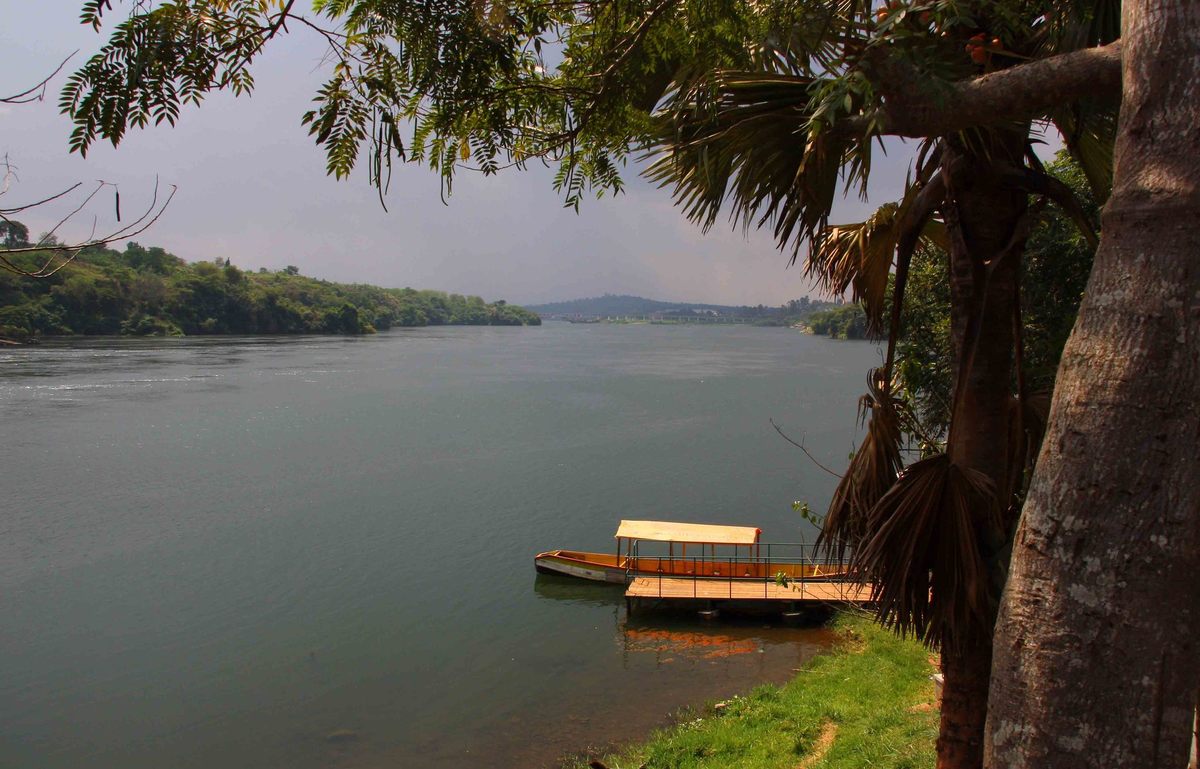

This was a moment when it seemed to Europeans and Americans that anything—no matter how fearsome or fantastical—could be found in Africa. The land was not just home to elephants and hippopotamuses, but, they’d recently discovered, also home to pygmy elephants and pygmy hippopotamuses, which were now on display in zoos in London and New York. It had taken Western scientists until the first years of the 20th century to believe that the fabled okapi of central Africa—a donkey-like creature with the striped legs of a zebra and the tongue of a giraffe—was real, and the existence of Lake Victoria, one of the world’s largest lakes, was not documented by a white explorer until 1858, so it made perfect sense to the colonial mind that there was still much to discover in its depths.
“Before me lay a totally unknown monster which I should be the first to record,” Jordan wrote in 1917 of the encounter with a dingonek a decade or so earlier. He took the same approach to the creature that most white explorers took to the entire continent of Africa: “the thrill of possession was upon me.” He raised his rifle and shot the dingonek just behind its “leopard ear.” Each story of a white explorer’s encounter with the creature seems to end with a hunt.
“Then an extraordinary thing occurred,” Jordan wrote. “The beast turned and, facing the bank, leapt straight upwards into the air, standing, as it appeared to me, 10 or 12 feet on end. What happened after that I do not know, for, losing my nerve, I scrambled up the bank.” Jordan did return to the river, searching in vain for the body of the creature he was certain he had killed.
Most of what is known in the English-speaking world today of the Indigenous people’s beliefs about the dingonek comes through the records of these same white explorers and colonial administrators. In those second- and third-hand accounts, the creature—sometimes, and perhaps incorrectly, also referred to by non-Indigenous writers interchangeably as “ol-umaina” and “luquata”—still looks frightful, but its presence often portends good fortune, a heavy harvest, and a thriving herd, and its absence, ill.
Reading between the lines of these stories, it is clear Indigenous communities feared something else far more: the muzungu. That is, the foreigners themselves. Those who knew of a beast-fish called the luquata believed explorers had killed the creature “with the purpose and as the means of making them victims of the dread plague.” And, sure enough, about the time that Jordan shot at a dingonek in around 1908, a deadly sleeping sickness swept through the Indigenous communities on Lake Victoria’s northern shore.

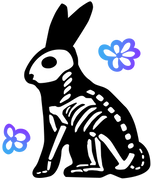
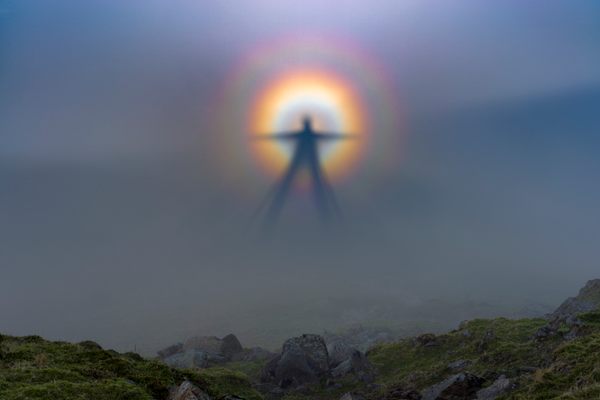

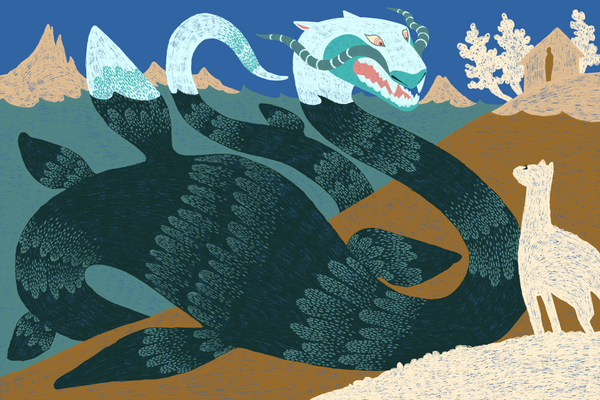

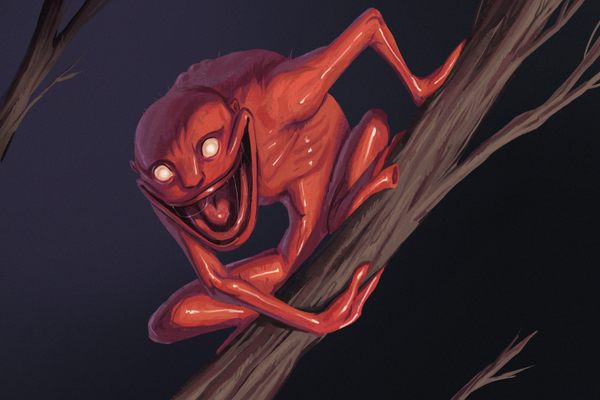
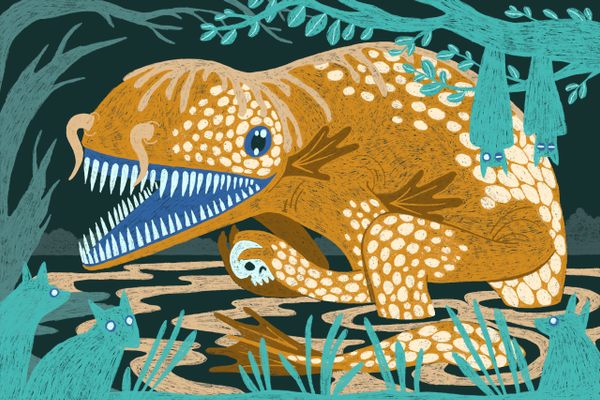












Follow us on Twitter to get the latest on the world's hidden wonders.
Like us on Facebook to get the latest on the world's hidden wonders.
Follow us on Twitter Like us on Facebook